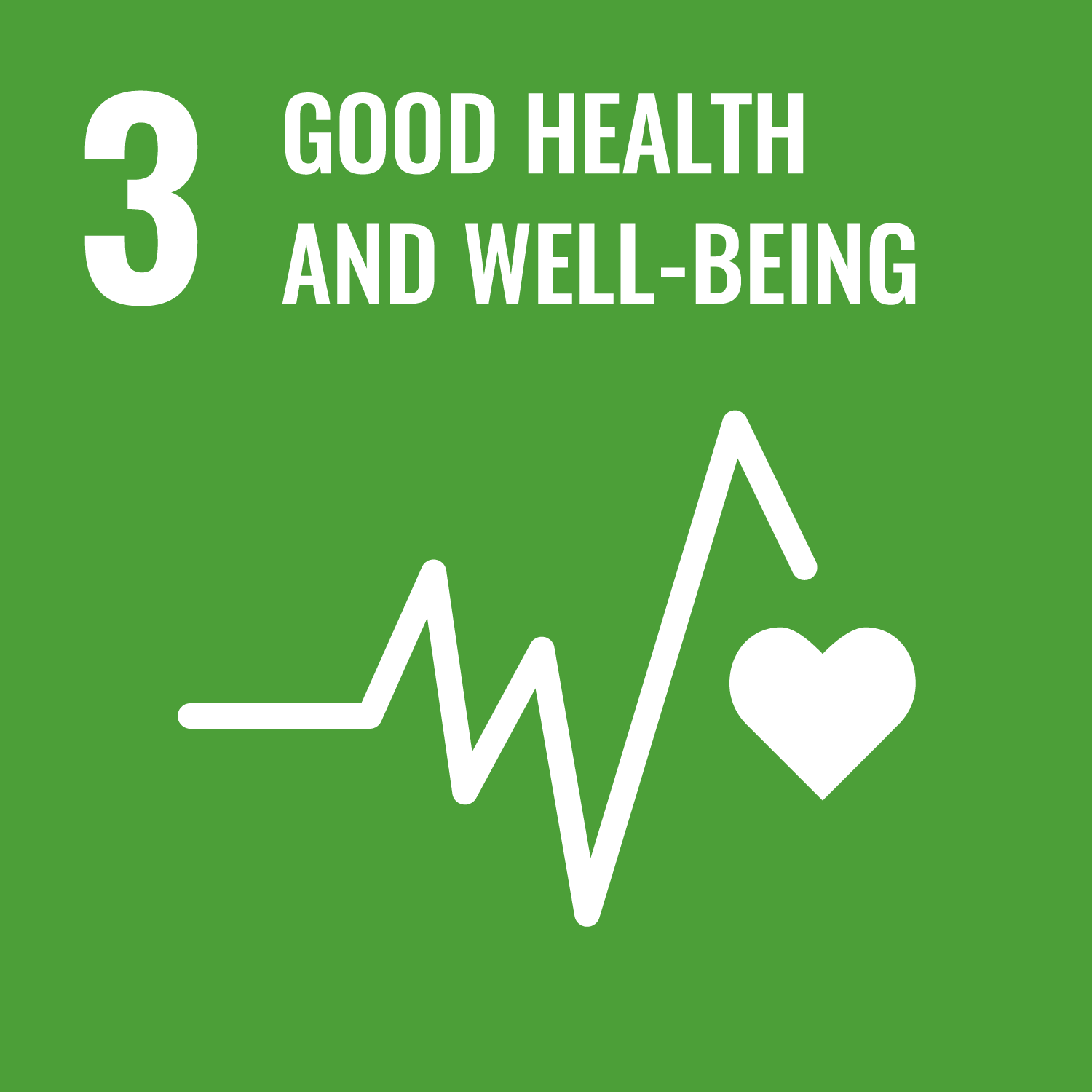Offiah, A.C. orcid.org/0000-0001-8991-5036, Atalabi, O.M. orcid.org/0000-0001-8804-4013, Epelman, M. orcid.org/0000-0001-5311-3031 et al. (1 more author) (2024) Disparities in paediatric radiology research publications from low- and lower middle-income countries: a time for change. Pediatric Radiology. pp. 1-10. ISSN 0301-0449
Abstract
The positive impact of diversity on health research and outcomes is well-recognised and widely published. Despite this, published evidence shows that at every step of the research pathway, issues of equity, diversity and inclusion (EDI) arise. There is evidence of a lack of diversity within research teams, in the research questions asked/research participants recruited, on grant review/funding panels, amongst funded researchers and on the editorial boards and reviewer pools of the journals to which results are submitted for peer-reviewed publication. Considering the journal Pediatric Radiology, while its editorial board of 92 members has at least one member affiliated to a country in every region of the world, the majority are in North America (n=52, 57%) and Europe (n=30, 33%) and only two (2%) are affiliated to institutions in a lower middle-income country (LMIC) (India, Nigeria), with one (1%) affiliated to an institution in an upper middle-income country (UMIC) (Peru) and none in a low-income country (LIC). Pediatric Radiology is “…the official journal of the European Society of Paediatric Radiology, the Society for Pediatric Radiology, the Asian and Oceanic Society for Pediatric Radiology and the Latin American Society of Pediatric Radiology”. However, of the total number of manuscripts submitted for potential publication in the four years 2019 through 2022, only 0.03% were from a LIC and only 7.9% were from a LMIC. Further, the frequency of acceptance of manuscripts from UMIC was seven times higher than that from LMIC (no manuscripts were published from LIC). Increased collaboration is required between researchers across the globe to better understand the barriers to equity in the funding, conduct and publication of research from LIC and LMIC and to identify ways in which we can overcome them together.
Metadata
| Item Type: | Article |
|---|---|
| Authors/Creators: |
|
| Copyright, Publisher and Additional Information: | © 2023 The Author(s). This article is licensed under a Creative Commons Attribution 4.0 International License, which permits use, sharing, adaptation, distribution and reproduction in any medium or format, as long as you give appropriate credit to the original author(s) and the source, provide a link to the Creative Commons licence, and indicate if changes were made. The images or other third party material in this article are included in the article's Creative Commons licence, unless indicated otherwise in a credit line to the material. If material is not included in the article's Creative Commons licence and your intended use is not permitted by statutory regulation or exceeds the permitted use, you will need to obtain permission directly from the copyright holder. To view a copy of this licence, visit http://creativecommons.org/licenses/by/4.0/. |
| Keywords: | Diversity; Equity; Health research; Inclusion; Research pathway |
| Dates: |
|
| Institution: | The University of Sheffield |
| Academic Units: | The University of Sheffield > Faculty of Medicine, Dentistry and Health (Sheffield) > School of Medicine and Population Health |
| Depositing User: | Symplectic Sheffield |
| Date Deposited: | 14 Mar 2024 09:14 |
| Last Modified: | 14 Mar 2024 09:14 |
| Status: | Published |
| Publisher: | Springer Science and Business Media LLC |
| Refereed: | Yes |
| Identification Number: | 10.1007/s00247-023-05762-y |
| Related URLs: | |
| Sustainable Development Goals: | |
| Open Archives Initiative ID (OAI ID): | oai:eprints.whiterose.ac.uk:209880 |


 CORE (COnnecting REpositories)
CORE (COnnecting REpositories) CORE (COnnecting REpositories)
CORE (COnnecting REpositories)